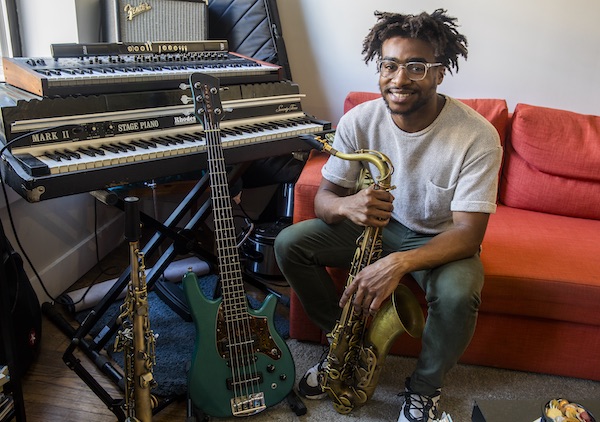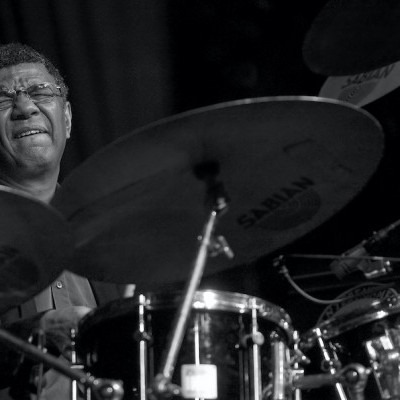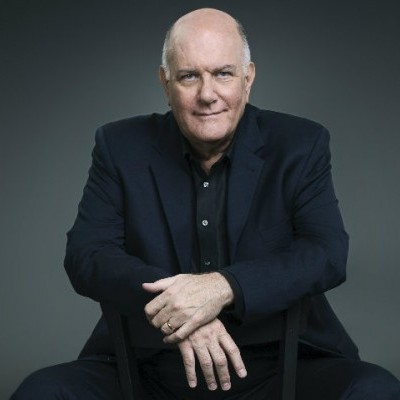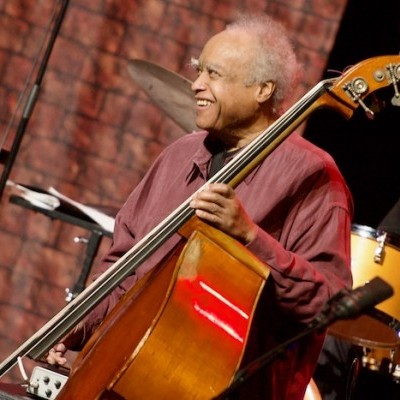Oct 28, 2025 10:47 AM
In Memoriam: Jack DeJohnette, 1942–2025
Jack DeJohnette, a bold and resourceful drummer and NEA Jazz Master who forged a unique vocabulary on the kit over his…

Morgan Guerin is among the 25 artists DownBeat thinks will help shape jazz in the decades to come.
(Photo: Bill Douthart)Morgan Guerin conjures earthbound grooves and then releases them into the cosmos. At 22, the multi-instrumentalist, mixing engineer and first-call collaborator recently issued The Saga III, the final installment of an autobiographical album trilogy, having received critical acclaim for both I (2016) and II (2017). With each self-produced release, Guerin has refined nuances of his expression.
“I’m trying to create an environment of otherworldly sounds for the listener,” said the Brooklyn-based artist. “I’m influenced by Wayne Shorter and Flying Lotus—people who embrace the sounds of space.”
When he isn’t traveling as the bassist in Terri Lyne Carrington’s band Social Science, or as a synth-organ-bass-saxophone player and vocalist for Esperanza Spalding’s touring quartet, Guerin hones his production skills from a small studio inside his Crown Heights apartment.
“I can definitely do all my engineering work here,” he said. When crafting The Saga III, he played 19 instruments. With contributions from guitarist Matthew Stevens, drummer JK Kim and vocalist Safa, among other guests, the album comprises modal space-scaping, polyrhythmic-inspired sound design and ethereal lines that pair Guerin on EWI with vocalist Débo Ray.
The compositions’ galactic feel belies Guerin’s introspective personality. “I’m a pretty quiet person,” he said. “I don’t always know how to say what I wanna say with words. The album’s cosmic world is me being in my own head.”
Guerin, who considers The Saga III his mixing debut, said that one of the intentions behind the album was to establish his own unique voice as an engineer. “I want to find a mixing sound that’s personal to me,” he explained. Guerin now is challenging himself to expand the scope of his expression beyond his own music. “In 2020, it’s so hard to do something that hasn’t been done before,” he said, “but there are still a lot of opportunities. I’m trying to be that low-key, go-to guy who can make your stuff sound super colorful.” DB
This story originally was published in the November 2020 issue of DownBeat. Subscribe here.

Jack DeJohnette boasted a musical resume that was as long as it was fearsome.
Oct 28, 2025 10:47 AM
Jack DeJohnette, a bold and resourceful drummer and NEA Jazz Master who forged a unique vocabulary on the kit over his…

D’Angelo achieved commercial and critical success experimenting with a fusion of jazz, funk, soul, R&B and hip-hop.
Oct 14, 2025 1:47 PM
D’Angelo, a Grammy-winning R&B and neo-soul singer, guitarist and pianist who exerted a profound influence on 21st…

Jim McNeely’s singular body of work had a profound and lasting influence on many of today’s top jazz composers in the U.S. and in Europe.
Oct 7, 2025 3:40 PM
Pianist Jim McNeely, one of the most distinguished large ensemble jazz composers of his generation, died Sept. 26 at…

Drummond was cherished by generations of mainstream jazz listeners and bandleaders for his authoritative tonal presence, a defining quality of his style most apparent when he played his instrument unamplified.
Nov 4, 2025 11:39 AM
Ray Drummond, a first-call bassist who appeared on hundreds of albums as a sideman for some of the top names in jazz…

To see the complete list of nominations for the 2026 Grammy Awards, go to grammy.com.
Nov 11, 2025 12:35 PM
The nominations for the 2026 Grammy Awards are in, with plenty to smile about for the worlds of jazz, blues and beyond.…